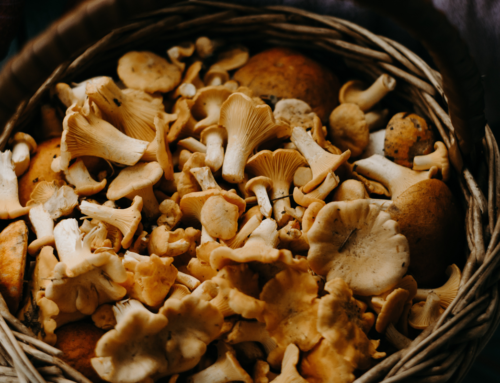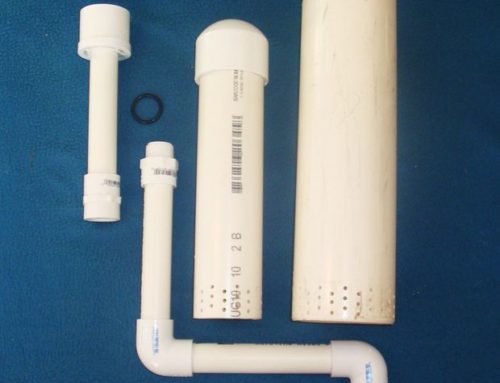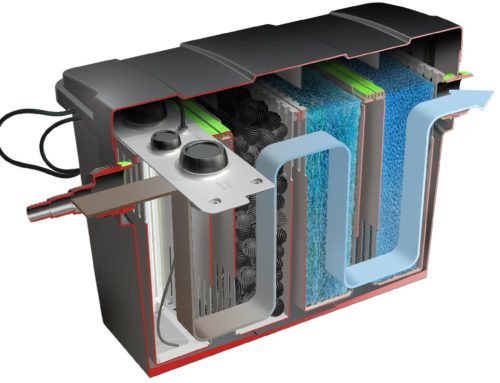Small Scale Farming
One of the biggest myths about farming is that it only takes place in rural settings, on large plots of land, and with just a few crops in cultivation. Small-scale intensive farming doesn’t require large acreage, allows for the cultivation of multiple crops and livestock, and can take place right in your community. Now, farming is moving back to communities, back into cities and towns.
Agriculture is something that we believe should happen everywhere, even in your own backyard.
Small-scale farming is a natural outgrowth of sustainable agriculture, which is essentially agriculture that produces abundant food without depleting the earth’s resources or polluting its environment. It is agriculture that follows the principles of nature to develop systems for raising crops and livestock that are, like nature, self-sustaining.
Tools for Small Scale Farming
With the increase in small-scale farming comes the need for suitable equipment. For many starting out on small plots, the tractors, harvesters, machinery and other farm equipment that may be needed are expensive and often too big for the job in hand. These lightweight, affordable and open-source tools will become a part of the growing revolution that is taking place across the globe.
- Sillage Tarps

- Broadfork
- Quick Cut Greens Harvester
- Greenhouses & Tunnels
- Two-Wheel Tractor
- Wheeled Hoes
- Hoes
- Seeders
- Tilther
- Bed Preparation Rake
- Rain gear
- Harvest & Washing Shed Equipment
- Recommended Reading
- Crop Planning
- Indoor Seedling Equipment

- Seeds
- Irrigation Equipment
- Cold Room
- Deer Fence
- Backpack Sprayer
What are the benefits of small scale farming?
Productivity
Smallholdings can be more productive per acre than larger farms because they often have many uses for the same patch of land e.g. a fruit orchard containing sheep, chickens and bees. Crop output can benefit from the inter-relationships between species when grown together i.e. polyculture versus monoculture (and, just maybe, when there is more love applied per acre by smallholders living on and from their land than large farms with huge subsidies and absentee landlords).
Small is bountiful: Smallholdings produce more food per acre than large farms
Environmental
Smallholders on their own land are often inventive with their methods and harvests, as their rewards are not purely financial. Many experiment with low-impact practices and technologues such as tree-planting, wind turbines, reed beds, rainwater harvesting, charcoal burning etc. As smallholders can provide more of life’s necessities for themselves and their local communities there are reduced transport needs and associated fossil fuel usage. The varied activities on a mixed smallholding allow and encourage more biodiversity and of course, environmental benefits are far greater if the smallholding is organic.
Social
Acre for acre smallholdings employ more people than larger farms, and so provide benefits to rural economies in terms of employment and locally-produced goods for sale. Buying direct from smallholdings rather than supermarkets helps keep money local, which is important because stronger rural communities and economies can retain more services such as buses and post offices, and can support traditional skills such as blacksmithing and hedgelaying.
Personal
It’s not easy to make a living from a smallholding, but no more difficult than from a larger farm. Smallholdings offer activities that are varied, physically and mentally demanding, healthy, creative, outdoors and close to nature. It’s less of a job and more of a way of life – in fact another word for smallholding is lifestyle farming. The rewards are social, environmental and even spiritual, with greater independence from commercial pressures.




